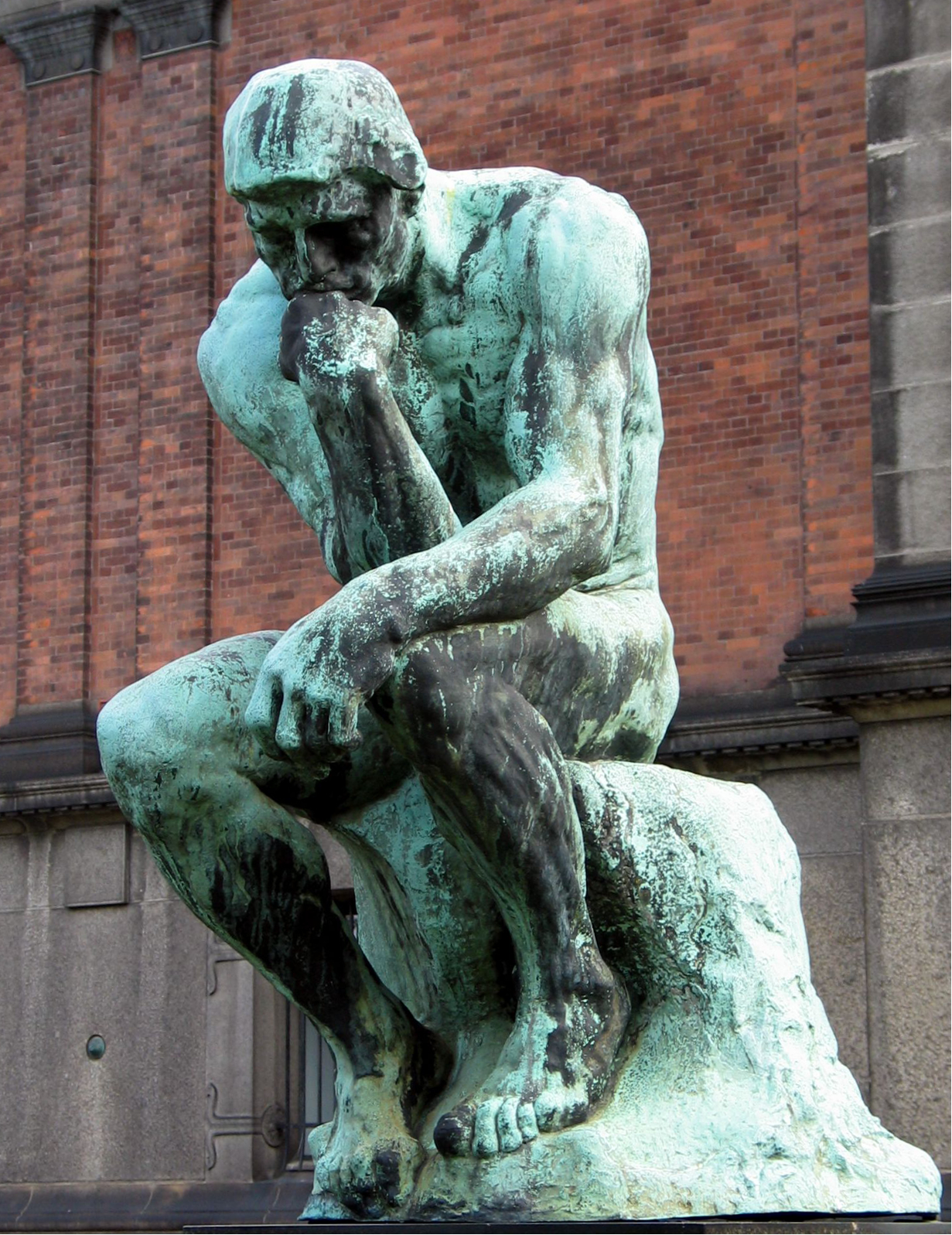
- This course has passed.
“Good Artists Copy, Great Artists Steal” (Picasso)
8 February 2021 - 7 February 2022
Recorded sessions – 90 minutes each
£59.00 – £499.00

Recorded sessions online (full details on acceptance of booking)
Description
Art is not made in a vacuum and, as Picasso recognised, the question of ownership in art whether of images or ideas is contentious. The notion of copying was once distinct from imitation and plagiarism was not stigmatised as it is now. Even originality was a nineteenth century notion. Artists have always borrowed, or stolen from one another in all sorts of ways. Sometimes they’ve lifted a figure from one composition to transpose it into another; other times they have re-presented another artist’s entire work as their own. Discover how contemporary art and the art of the past are much closer than you think.
“Marie-Anne’s knowledge and delivery are superb. Absolutely love the course. It’s fascinating”
Course Outline
Lecture 1 – Influence
‘Poor is the pupil who does not surpass his master’ (Leonardo da Vinci)
For Renaissance artists, copying, assimilating, and then surpassing their contemporaries was an essential part of their training and bore no stigma. Gossaert borrowed from Durer, Raphael from Leonardo, and so forth. Discover how the concept of paragone inspired them and trace the ways in which they quoted one another.
Lecture 2 – Prestige
‘No one can be a painter unless he cares for painting above all else’ (Manet)
Manet’s notorious ‘Dejeuner sur l’herbe’ was not wholly his own composition but from whom did he borrow and why? Explore how some of the most shocking artists of the 19th century made their modernity more palatable by echoing established art of previous centuries.
Lecture 3 – Rediscovery
‘I invent nothing, I rediscover’ (Rodin)
The rediscovery of the classical world, including the excavations at Herculaneum and Pompeii in the 18th century would inspire new generations of artists, architects, and designers like Robert Adam, manufacturer, Josiah Wedgwood, Flaxman, Palladio, and later Rodin. But even before that, Renaissance artists like Botticelli, Michelangelo, and Titian were referencing the antique.
Lecture 4 – Distortion
‘What I want to do is to distort the thing far beyond the appearance, but in the distortion to bring it back to a recording of the appearance’ (Francis Bacon)
Bacon borrowed from Cimabue, Velasquez, Poussin, Eisenstein, newspaper photographs, and more to develop a new pictorial language. Unpick the myriad artists that appear in his oeuvre and that of others.
Lecture 5 – Abjection
‘Most people don’t do something seminal. I’ve done it twice: with my tent and my bed’ (Tracey Emin)
In 1999, Emin’s My Bed was perhaps the most controversial non-winner of the Turner Prize ever. Yet it drew on all kinds of precedents including the paintings of Munch, Schiele’s drawings, Picasso’s late works, and so on. It also inspired other artists.
Lecture 6 – Deconstruction
“An original artist is unable to copy. So he has only to copy in order to be original” (Jean Cocteau)
Some artists have deconstructed the art of the past to make political points. From a bruise-battered ‘Lady with the Ermine’ to a deconstructed Frida Kahlo garment, see how painters, photographers, architects, fashion and furniture designers have turned to the past to shine a spotlight on the present.
Lecture 7 – Parody
“Art history is a global version of that old children’s game Chinese whispers” (Grayson Perry)
Arguably Hogarth was one of Britain’s first artists to be considered quintessentially British because of his themes and ‘National Treasure,’ Grayson Perry, has explicitly referenced him. Before him, Duchamp also used humour in his treatment of ‘masterpieces.’
Lecture 8 – Transformation
“People do tend to avoid new realities; they’d rather just add details to the old ones. It’s as simple as that” (Andy Warhol)
The King of Pop Art, Warhol was known for borrowing images from brands, logos, pictures and newspaper articles – essentially, popular culture – and transforming them into high art. But how was he sampled by subsequent artists like YBA Gavin Turk and 1980s superstar Jeff Koons?
Lecture 9 – Theft
‘Every word, every image, is leased and mortgaged’ (Sherrie Levine)
In the 1980s and 90s, appropriation was the new fashion with artists like Sherrie Levine, Richard Prince, and Elaine Sturtevant borrowing other artworks outright. How do these differ from professional copyists or forgers? And what’s changed since Durer threatened to murder a copyist?
Lecture 10 – Back To The Future
“Those who do not want to imitate anything, produce nothing” (Salvador Dali)
With the enforcement of copyright laws hampering artists’ abilities to use ‘found’ images such as newspaper photographs for fear of being sued, and with the proliferation of digital culture, has ‘stealing’ become subtler? Discuss the future of art.